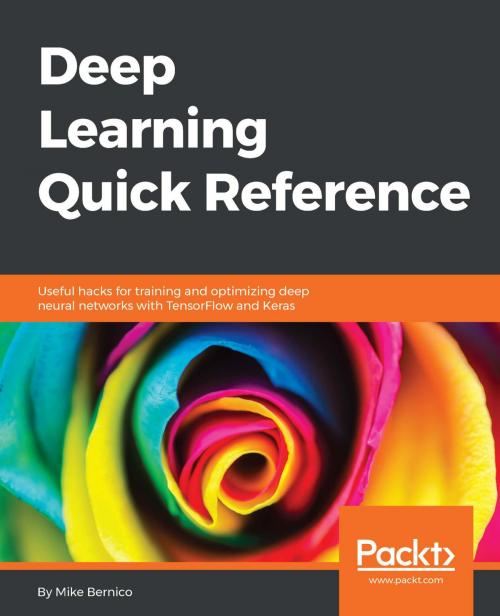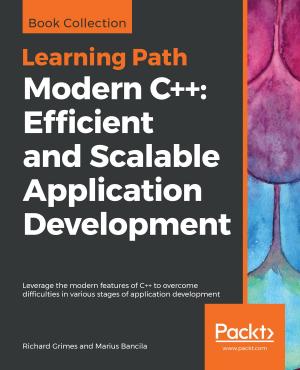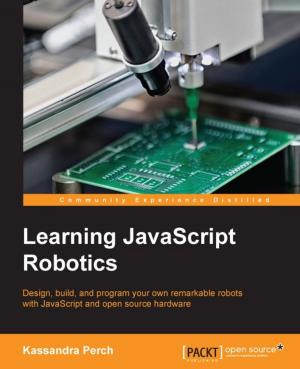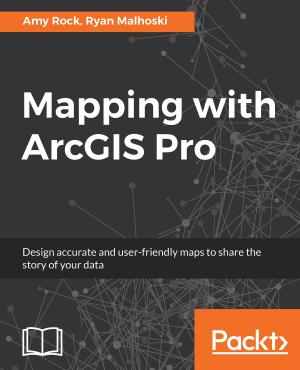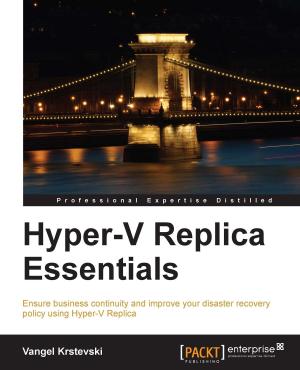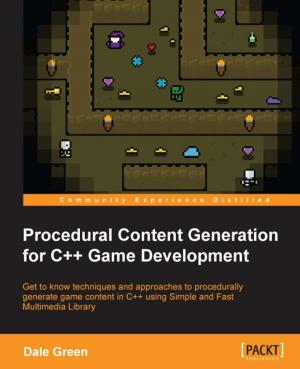Deep Learning Quick Reference
Useful hacks for training and optimizing deep neural networks with TensorFlow and Keras
Nonfiction, Computers, Advanced Computing, Artificial Intelligence, Database Management, Data Processing, General Computing| Author: | Michael Bernico | ISBN: | 9781788838917 |
| Publisher: | Packt Publishing | Publication: | March 9, 2018 |
| Imprint: | Packt Publishing | Language: | English |
| Author: | Michael Bernico |
| ISBN: | 9781788838917 |
| Publisher: | Packt Publishing |
| Publication: | March 9, 2018 |
| Imprint: | Packt Publishing |
| Language: | English |
Dive deeper into neural networks and get your models trained, optimized with this quick reference guide
Key Features
- A quick reference to all important deep learning concepts and their implementations
- Essential tips, tricks, and hacks to train a variety of deep learning models such as CNNs, RNNs, LSTMs, and more
- Supplemented with essential mathematics and theory, every chapter provides best practices and safe choices for training and fine-tuning your models in Keras and Tensorflow.
Book Description
Deep learning has become an essential necessity to enter the world of artificial intelligence. With this book deep learning techniques will become more accessible, practical, and relevant to practicing data scientists. It moves deep learning from academia to the real world through practical examples.
You will learn how Tensor Board is used to monitor the training of deep neural networks and solve binary classification problems using deep learning. Readers will then learn to optimize hyperparameters in their deep learning models. The book then takes the readers through the practical implementation of training CNN's, RNN's, and LSTM's with word embeddings and seq2seq models from scratch. Later the book explores advanced topics such as Deep Q Network to solve an autonomous agent problem and how to use two adversarial networks to generate artificial images that appear real. For implementation purposes, we look at popular Python-based deep learning frameworks such as Keras and Tensorflow, Each chapter provides best practices and safe choices to help readers make the right decision while training deep neural networks.
By the end of this book, you will be able to solve real-world problems quickly with deep neural networks.
What you will learn
- Solve regression and classification challenges with TensorFlow and Keras
- Learn to use Tensor Board for monitoring neural networks and its training
- Optimize hyperparameters and safe choices/best practices
- Build CNN's, RNN's, and LSTM's and using word embedding from scratch
- Build and train seq2seq models for machine translation and chat applications.
- Understanding Deep Q networks and how to use one to solve an autonomous agent problem.
- Explore Deep Q Network and address autonomous agent challenges.
Who this book is for
If you are a Data Scientist or a Machine Learning expert, then this book is a very useful read in training your advanced machine learning and deep learning models. You can also refer this book if you are stuck in-between the neural network modeling and need immediate assistance in getting accomplishing the task smoothly. Some prior knowledge of Python and tight hold on the basics of machine learning is required.
Dive deeper into neural networks and get your models trained, optimized with this quick reference guide
Key Features
- A quick reference to all important deep learning concepts and their implementations
- Essential tips, tricks, and hacks to train a variety of deep learning models such as CNNs, RNNs, LSTMs, and more
- Supplemented with essential mathematics and theory, every chapter provides best practices and safe choices for training and fine-tuning your models in Keras and Tensorflow.
Book Description
Deep learning has become an essential necessity to enter the world of artificial intelligence. With this book deep learning techniques will become more accessible, practical, and relevant to practicing data scientists. It moves deep learning from academia to the real world through practical examples.
You will learn how Tensor Board is used to monitor the training of deep neural networks and solve binary classification problems using deep learning. Readers will then learn to optimize hyperparameters in their deep learning models. The book then takes the readers through the practical implementation of training CNN's, RNN's, and LSTM's with word embeddings and seq2seq models from scratch. Later the book explores advanced topics such as Deep Q Network to solve an autonomous agent problem and how to use two adversarial networks to generate artificial images that appear real. For implementation purposes, we look at popular Python-based deep learning frameworks such as Keras and Tensorflow, Each chapter provides best practices and safe choices to help readers make the right decision while training deep neural networks.
By the end of this book, you will be able to solve real-world problems quickly with deep neural networks.
What you will learn
- Solve regression and classification challenges with TensorFlow and Keras
- Learn to use Tensor Board for monitoring neural networks and its training
- Optimize hyperparameters and safe choices/best practices
- Build CNN's, RNN's, and LSTM's and using word embedding from scratch
- Build and train seq2seq models for machine translation and chat applications.
- Understanding Deep Q networks and how to use one to solve an autonomous agent problem.
- Explore Deep Q Network and address autonomous agent challenges.
Who this book is for
If you are a Data Scientist or a Machine Learning expert, then this book is a very useful read in training your advanced machine learning and deep learning models. You can also refer this book if you are stuck in-between the neural network modeling and need immediate assistance in getting accomplishing the task smoothly. Some prior knowledge of Python and tight hold on the basics of machine learning is required.
